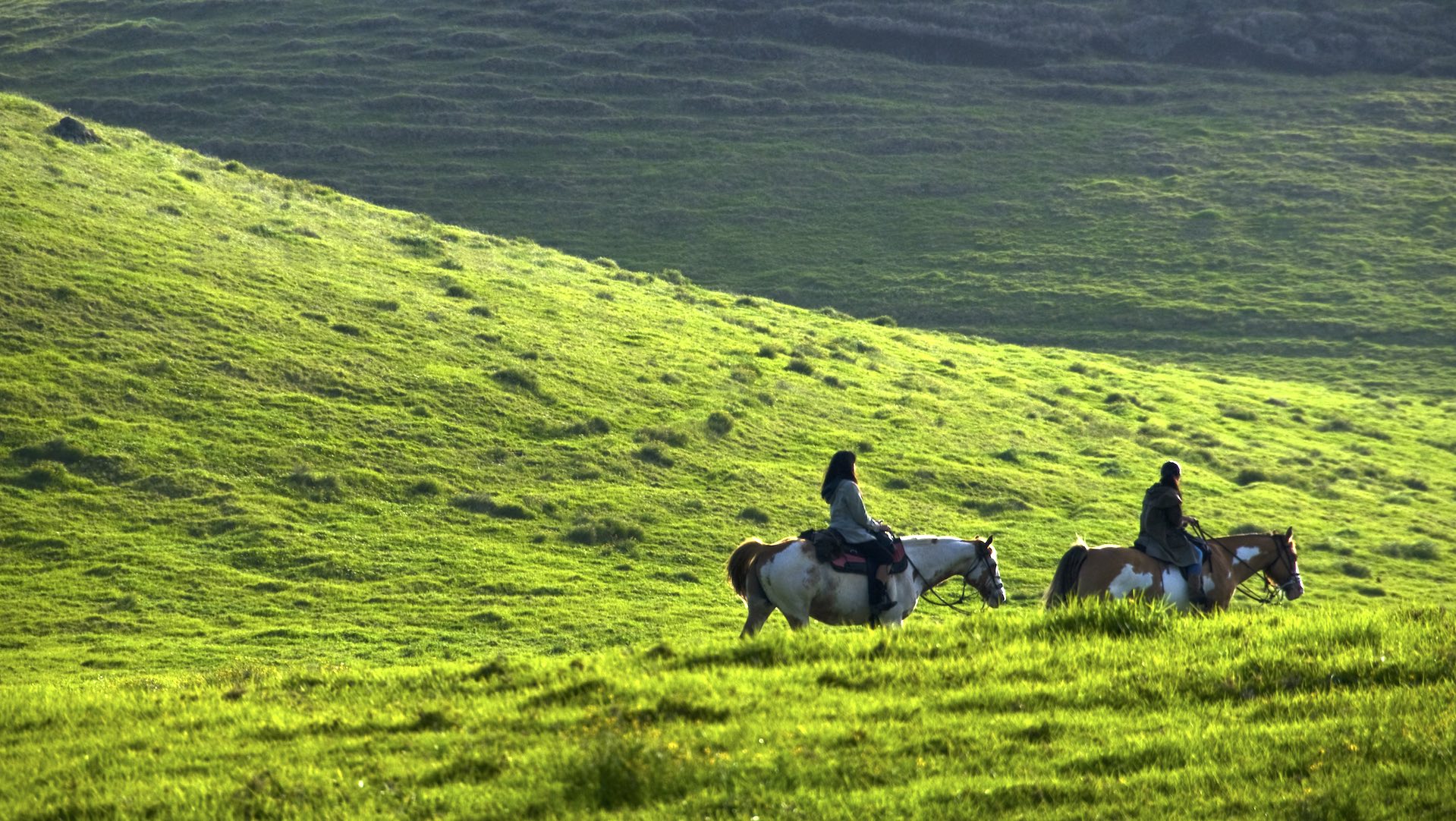Plunge through a lava tube, trek across a tropical stream, mark footprints on a black sand beach. Hawaii Island, more often called “the Big Island,” beckons with ways to fuel your passion for exploration.
From tranquil trails to communing with giant manta rays, here’s a seven-day plan to get you started.
As always, be sure to check for any travel restrictions or local closures before your trip.
Day 1: Captain Cook Area

Step into the great blue — literally — off a lava “beach” at the snorkel spot known as Two Step in Hoaunau Bay. You’ll spot a variety of colorful fish, green sea turtles and, if you’re lucky, playful spinner dolphins.
Then immerse yourself in the history of the ancient Hawaiian kapu (sacred laws) system at nearby Puuhonua o Honaunau National Historical Park, once a place of last hope for those who had violated the strict rules of the ruling class, or alii.
Day 2: Kailua-Kona

It’s toes-in-the-sand time. Hit one of the most photogenic stretches of white sand on the Big Island, Maniniowali Beach, before the sun gets too hot.
Later, catch up with some rays of another kind — manta rays. The Kona Coast is one of the only places in the world where you can commune with manta rays that are up to 16 feet long; don’t worry, they don’t sting. They glide through the ocean at night to feed on plankton. Several tour companies will take you scuba diving or snorkeling with these gentle giants; try one like Manta Ray Dives of Hawaii.
Day 3: Waimea (also called Kamuela)

Waimea is home to the largest ranch in Hawaii, the Parker Ranch, which dates back to 1847. It’s still a working cattle ranch providing grass-fed beef to many local restaurants. Get a taste of the paniolo (cowboy) culture of the area at the Parker Ranch Store.
Find out what it was like to be a 19th-century cowgirl at Anna Ranch, which offers tours of the historic home and two-hour bike tours with sweeping vistas.
Cap off the day with dinner at Big Island Brewhaus and tuck into a burger with beer brewed on-site.
Day 4: Hamakua Coast

Document your trip with a ‘Gram-worthy photo at the Waipio Valley Lookout, getting a bird’s-eye view of cliffs nearly 2,000 feet high and the black sand beach below. That’s the entrance to the lush Waipio Valley, or “Valley of the Kings.”
To actually get inside that magical valley, much of which is on private land, you’ll need access via a tour company. Consider a horseback riding option, a peaceful way to meander through the taro patches and streams.
Then browse the quaint main street in the town of Honokaa, with sugar-plantation-era buildings from the 1920s and 1930s.
Day 5: Mauna Kea

Actually a dormant volcano, magnificent Mauna Kea rises 13,796 feet above sea level and is home to 13 international observatories. It’s also home to many unique plant species and considered sacred to the Hawaiian people.
The visitor center at 9,200 feet is ideal for stargazing; if it’s not open, the parking lot and restrooms are still available. If you’re in good health and have a four-wheel drive vehicle, visit the summit for a spectacular sunset.
Day 6: Volcano Village and Hawaii Volcanoes National Park

Misty Volcano Village is a mecca for local artists. Swing by Volcano Art Center for exhibitions, workshops and a wonderful gallery where you can shop for handcrafted work.
Hawaii Volcanoes National Park boasts 333,000 acres of otherworldly scenery to explore, including lava fields, craters, ancient petroglyphs and lava tubes. Conditions change all the time (Madam Pele, the Hawaiian goddess of volcanoes, is fickle), so check in with the park before your visit.
Day 7: Hilo

Make the most of your last day with an early jaunt to Rainbow Falls, an 80-foot cascade in Wailuku River State Park. Then head to the Hilo Farmers Market, one of the best in the islands, to forage for coffee and tropical fruit.
While you’re grazing, pick up some locally made crafts and treats to bring home. They’ll help tide you over until you can plot your next adventure to Hawaii.




